“The famous Little Italy. It once covered over 40 square blocks but now has been reduced to one row of shops and cafes.”
These words, spoken from the open roof of a tour bus rolling down Mulberry Street, introduce a scene in the final episode of The Sopranos. In the scene, Butch DeConcini, capo of the Lupertazzi family, takes a call after leaving a meal at Il Cortile. As he hangs up the phone, he looks up bewildered to see that in a few short blocks, he has ended up in Chinatown.
The scene perfectly encapsulates today’s Little Italy, a Potemkin neighborhood propped up by red sauce joints, Daddy’s Little Meatball tank tops, and If You Taka My Space I Breaka You Face signs (want).
From 1890 until 1924, when the National Origins Act was passed, more than four million Italians came to the US. While Little Italy was far from the only landing spot in Manhattan - both East Harlem (Italian Harlem) and the South Village had larger Italian populations - it is the only one that has endured.
The neighborhood that stretched from Lafayette to Bowery and from Kenmare to below Canal Street was once home to nearly 10,000 Italians who, by and large, kept their regional affiliations intact in their new neighborhood. Neapolitans settled on Mulberry Street, Calabrians settled on Mott, Sicilians stuck to Elizabeth, and immigrants from northern Italy lived on Baxter.
Chinatown from the south and east and Nolita (North of Little Italy) from the north have gradually subsumed the former Italian stronghold, reducing it to just a couple of blocks. The most recent census found that only 5% of Manhattan's Little Italy population identify as Italian American, and not a single one was born in Italy.
You may still overhear snippets of Italian when walking around Little Italy, but most likely in the form of entreaties from the (sometimes Italian) waitstaff at the restaurants that line Mulberry Street. Interestingly, I witnessed more than one group of Italian tourists eating al fresco on Mulberry, a strange phenomenon akin to a family of Americans dining at an Arby’s in Florence.
Though the death knell for Little Italy has been sounding for years—the New Yorker and New York magazine both published articles titled “Arrivederci, Little Italy,” 15 years apart, in 2004 and 2019—the neighborhood still looms large in the popular imagination.
If you were to tell a taxi driver to take you to Pigtown or Little Syria, or Italian Harlem for that matter, they would stare at you blankly and probably tell you to get out of their taxi, but if you say Little Italy, they will gladly drop you off at the intersection of Mulberry and Broome.
THE FOUL CORE
Though today you have to go north of Canal to even get a whiff of cannoli, the heart of Little Italy used to be further south at Mulberry Bend.
The "Bend" in Mulberry Street was made to avoid the wetlands surrounding the Collect Pond, which had for years served as colonial New York’s main source of drinking water. By 1811, the pond had become so polluted by human sewage, dead animals, and runoff from the local tanneries that it had to be drained (via today’s Canal St) and filled in.
A new neighborhood, Paradise Square, briefly arose on top of the recently covered wetlands, but it was plagued by persistent fetid odors and a high water table that caused new buildings to sink as quickly as they went up. In paradise’s place came the infamous Five Points neighborhood, a “loathsome den of murderers, thieves, abandoned women, ruined children, filth, drunkenness, and broils,” according to the New York Mirror in 1830.
The most notorious section of Five Points was Mulberry Bend and its back alleys, with Dickensian names like Bandit's Roost and Ragpicker’s Row. This “foul core of New York’s slums” was razed in 1897, thanks in large part to the efforts of Danish reformer and photographer Jacob Riis, and a park was built in its place.
FROM BACCÀLA TO GAN BEI
Typically, immigrants settle in the most affordable parts of the city. As soon as they save enough money, they move on to greener pastures and broader lawns, a cycle that repeats with each new wave of arrivals. Before the Italians, Little Italy was populated by Irish immigrants who had come in great numbers during the Great Famine some fifty years earlier.
With the passage of the Immigration and Nationality Act in 1965, a wave of Chinese immigrants entered the country. Many settled in nearby Chinatown and moved into buildings recently vacated by Italian Americans who had moved out to Brooklyn, Staten Island, and New Jersey.
CRAZY JOE
In 1976, Bob Dylan released his seventeenth record, Desire, featuring an 11 minute ode to gangster Joey Gallo who died four years earlier at Umberto’s Clam House on Mulberry and Hester.
Born in Red Hook, Brooklyn, in the year of who knows when
Opened up his eyes to the tune of an accordion
With a father who was both a bootlegger and a loan shark, Joseph Gallo was destined for a life of crime. Early on, he was diagnosed with paranoid schizophrenia, a condition which probably contributed to his brazen disregard for personal safety and his nickname, “Crazy Joe." Gallo and his brothers become enforcers for the Profaci crime family.
In 1957, the Gallo crew assassinated the “Lord High Executioner,” Albert Anastasia, the ruthless head of the notorious Murder Inc., while he was sitting in a barber chair in Manhattan.
Soon after the hit, Joey and his brothers felt like they weren’t getting enough compensation or respect for their work and decided to hold several members of the Profaci family hostage.
Though Crazy Joe wanted to kill some of the hostages to send a message, cooler heads prevailed, and a settlement was negotiated.
“What time is it?” said the judge to Joey when they met
“Five to ten,” said Joey. The judge says, “That’s exactly what you get.”
Then, in 1961, Joey was charged with conspiracy and attempted extortion and sentenced to seven to fourteen years in prison. He ultimately served ten years, during which time he picked up water-coloring and, thanks to Evelyn Wood’s speed reading techniques, devoured the works of Sartre, Camus, Goethe, Freud, and Machiavelli.
When they let him out in ’71 he’d lost a little weight,
But he dressed like Jimmy Cagney and I swear he did look great.
He tried to find the way back into the life he left behind.
To the boss he said, “I have returned and now I want what’s mine.”
When Joey got out in 1971, Joseph Colombo was the new Boss. Colombo was understandably not eager to reward the man who had kidnapped and threatened to kill members of his organization, but he offered Gallo $1,000 as a sort of peace offering. Gallo, in turn, demanded $100,000.
Then, on June 28, 1971, Colombo was gunned down at an Italian Unity Day rally in Columbus Circle.
Gallo, who never claimed responsibility for the murder, had been embraced by artists and actors who found it thrilling to be hobnobbing with a bonafide gangster. Crazy Joe, in Gay Talese’s words, “almost became one of the beautiful people” and counted Jerry Orbach, Don Rickles, and Neil Simon among his friends. On the night of his 43rd birthday, Joey had seen Rickles perform at the Copacabana and invited him to dinner afterward, an invitation Rickles fortuitously declined.
One day they blew him down in a clam bar in New York
He could see it comin’ through the door as he lifted up his fork
He pushed the table over to protect his family
Then he staggered out into the streets of Little Italy
On April 7, 1972, at 4:30 a.m.- the perfect time to enjoy a plate of shrimp, clams & scungilli - a gunman entered Umbertos Clam House and unleashed a barrage of gunfire. Gallo died on the street just outside the restaurant.
Gonzo music journalist Lester Bangs wrote a pretty brutal takedown (Dylan Dallies With Mafia Chic) of Dylan’s Homeric tribute, which he calls a “ponderous, sloppy, numbingly boring 11-minute ballad.” And that’s before he really gets nasty.
This scene from Little Italy native Martin Scorsese (who grew up on Elizabeth Street) dramatizes the night Crazy Joe was shot.
SIGHTS AND SOUNDS
This week’s audio features a review of the Boba in Chinatown and a very subdued Cannoli King barker. It ends with a moment that seemed almost scripted. As I was walking down Mulberry I came across a man, who for no apparent reason, had wandered into one of the tratorritas and was sawing away on an ehru (chinese violin) much to the delight and puzzlement of the waitstaff.

FEATURED PHOTOGRAPHER(S)
This iconic photo of Frank Lava’s gunshop on 6 Centre Market Place was taken by Berenice Abbott in 1937. Centre Market Place is a one-block-long street in Little Italy that was then known as the gun district, right across from police headquarters.
While Abbott and famed crime photographer Weegee must have crossed paths, I’m not sure if Berenice knew she was under his apartment when she took this picture. Weegee lived right above the Jon Jovino gun shop, one door down from Frank Lava’s.
Arthur Fellig, better known as Weegee, was famous for his pictures of the darker side of New York, often getting to crime scenes with his 4x5-inch Speed Graphic press camera before the police. In 1938, he somehow got a permit to have his own police-band shortwave radio. His apartment on Center Market Place was directly across from New York City Police Headquarters.
One of his most famous photographs, “Balcony Seats at a Murder,” was of 48-year-old Angelo Greco, who lay dead in the doorway of his cafe. Rather than zeroing in on the victim, Weegee decides to pull back, capturing the dozens of onlookers hanging out their windows, reveling in the spectacle of it all.
There was another photographer there. And he made what they call a 10-foot shot. He made a shot of just a guy laying in the doorway. That was it. To me this was drama. This was like a backdrop. I stepped back about a hundred feet. I used flash powder and I got this whole scene. The people on the fire escapes, the body, everything. Of course, the title for it was “Balcony Seats at a Murder.” That picture won me a gold medal, a real genuine diamond.
NOTES
I knew it was only a matter of time before this happened. Someone has released an EP of music inspired by the Neighborhoods. Bassist, songwriter, and longtime subscriber Will Cruttenden recorded and released six Neighborhood-themed songs under the name Mexican Jets. With tracks like Throgs Neck (Robert Moses spelling), Graniteville, and Car Baby, there is a little something for everyone here. If I ever start a Neighborhoods podcast (I won’t), I have my theme song. Thank you, Will!
When I learned that Joey Gallo read up to eight books a day in prison, thanks to the Evelyn Wood method, I had to investigate. Wood, a Mormon schoolteacher from Utah, created a system called Reading Dynamics that she claimed could increase a reader's speed by up to ten times or more. Her technique involved reading down the middle of the page, taking advantage of peripheral vision to absorb the text. Here is a commercial from the 70s showing some of the techniques in action and featuring some very wide lapels.
Devotees, colloquially known as “woodmen,” included Steve Allen, Jimmy Carter, Ed Kennedy, and Cheech and Chong, who highly recommended the course. Despite her success, many people claim the Reading Dynamics program is a scam.
Once you’ve completed Reading Dynamics, maybe it's time to step up to Quantum Speed Reading. This program teaches “the ability to extract information from a book by touching it, smelling it, listening to it, and fanning the pages.” This may be the craziest video you will see this week.
If I’m ever in Little Italy, the first thing I want to eat is, of course, a Bahn Mi. Bahn Mi Saigon opened in the back of a jewelry store on Mott Street and Grand in 1989. It moved to its current location on Grand Street in 2010, and though prices have gone up and jewelry options have gone down, you can still get a great lunch for under $10.
Weegee had an amazing voice. You can hear him talking about the picture “Balcony Seat at a Murder” here. If the voice sounds vaguely familiar, that is because it was the inspiration for the voice of Peter Sellers’ Dr. Strangelove.

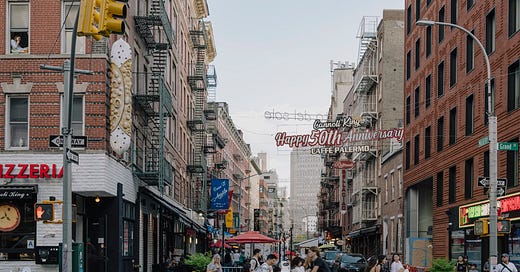



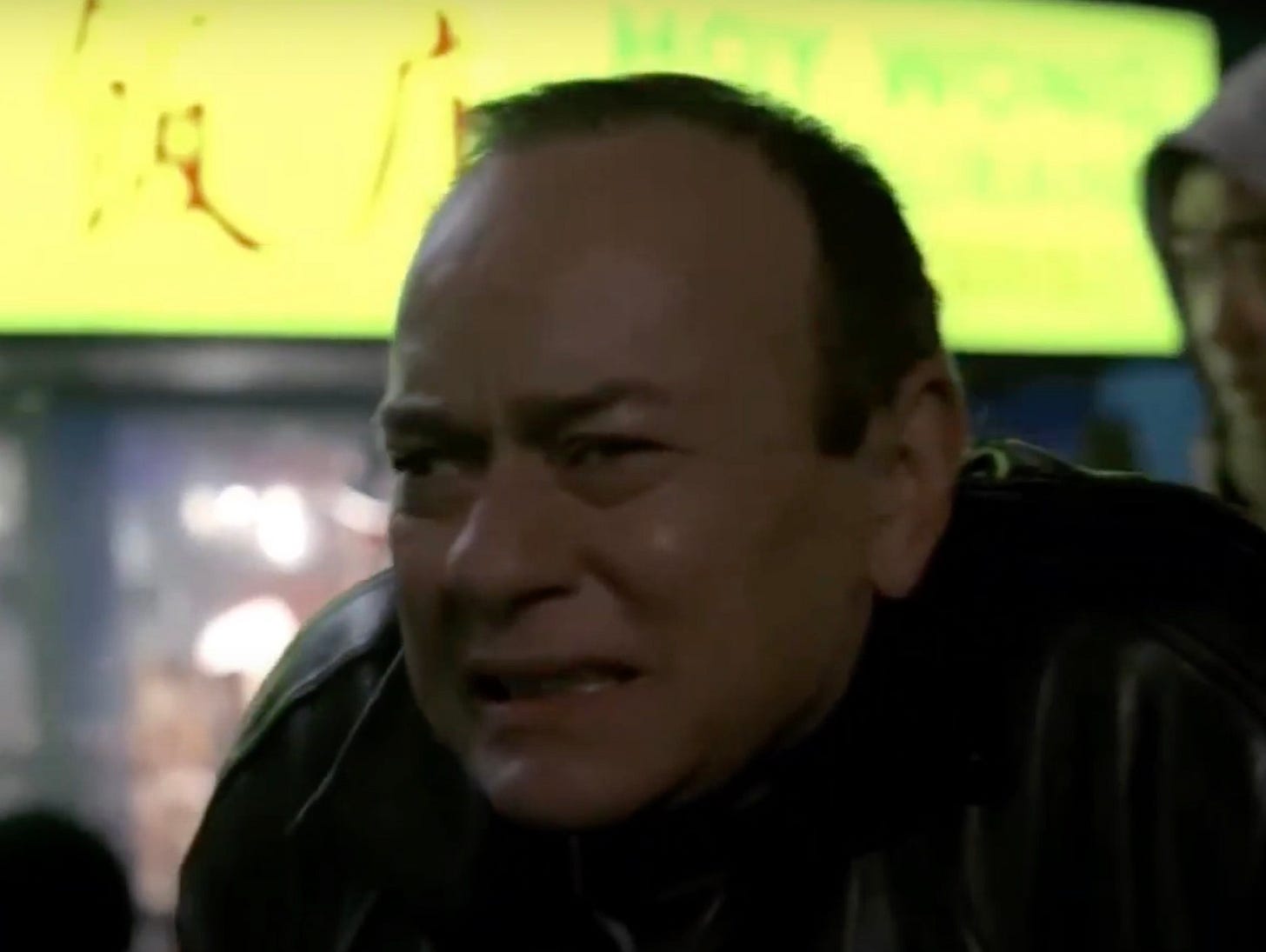



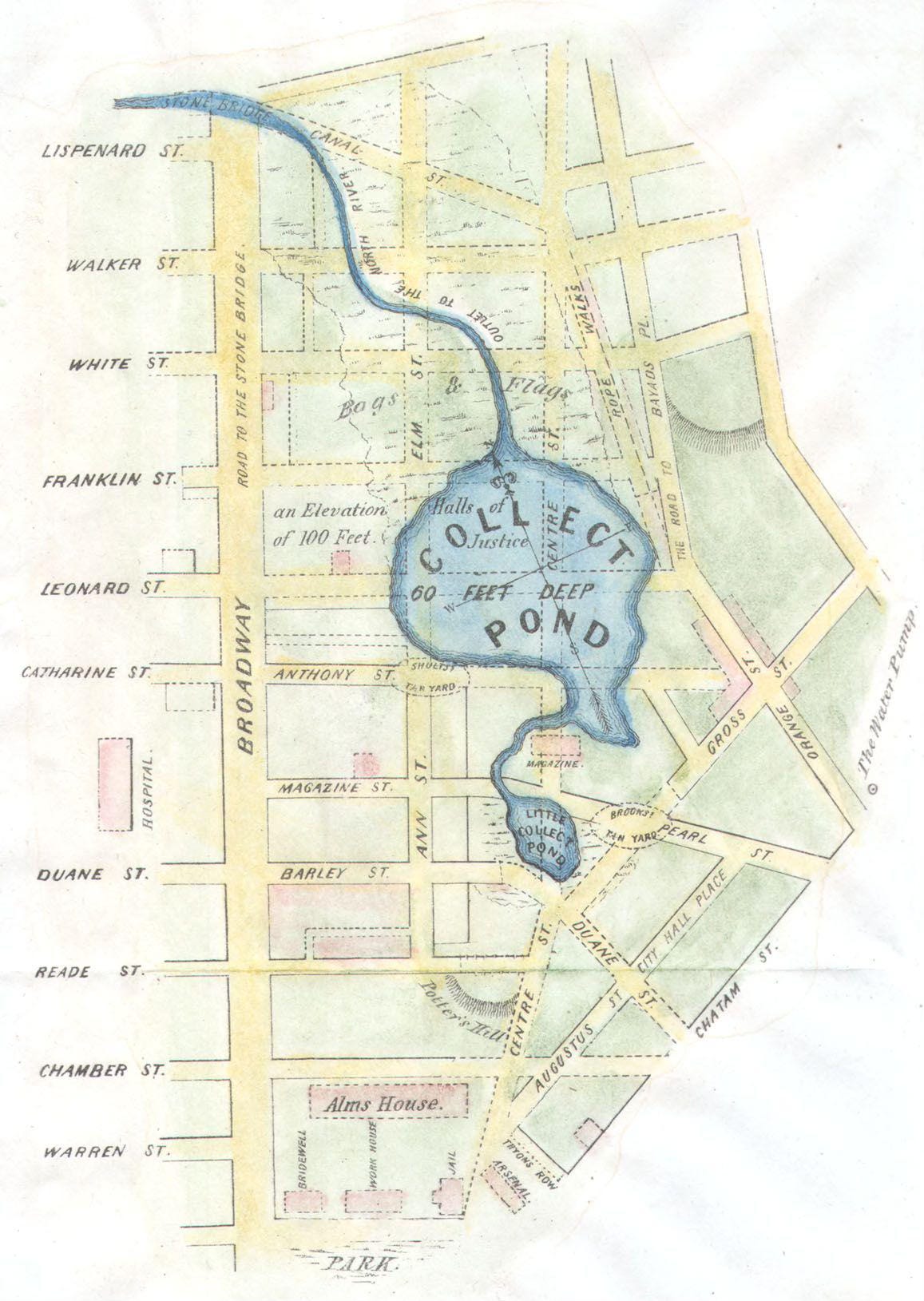
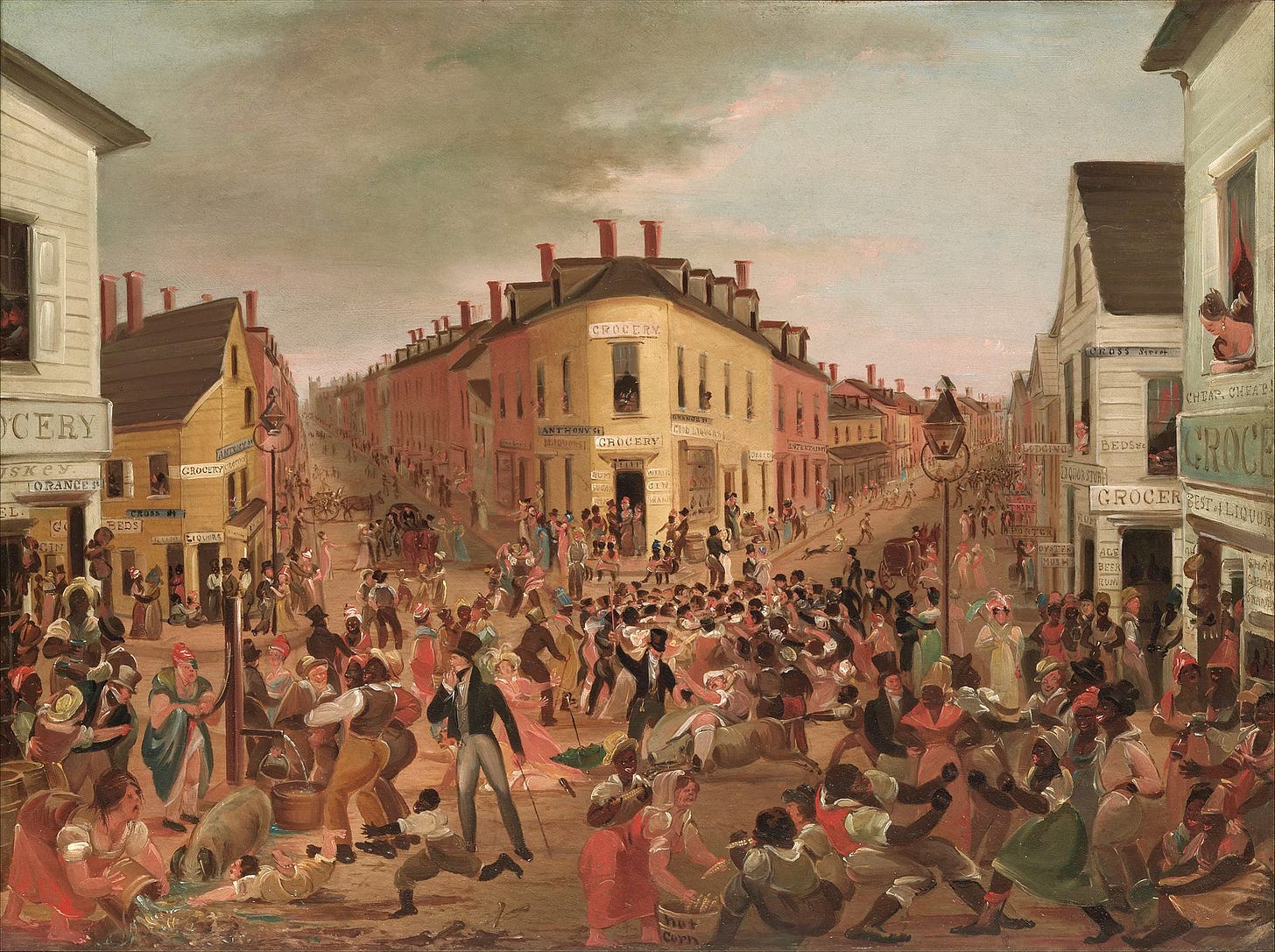



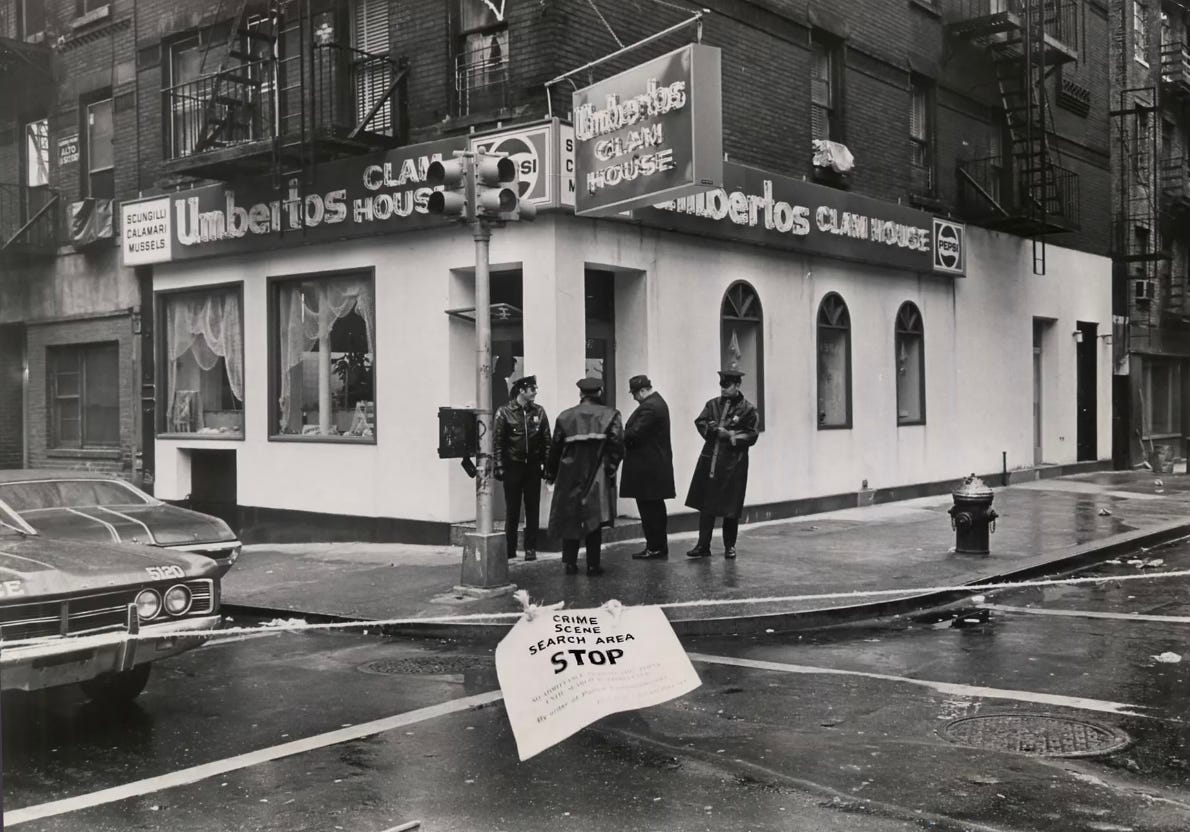
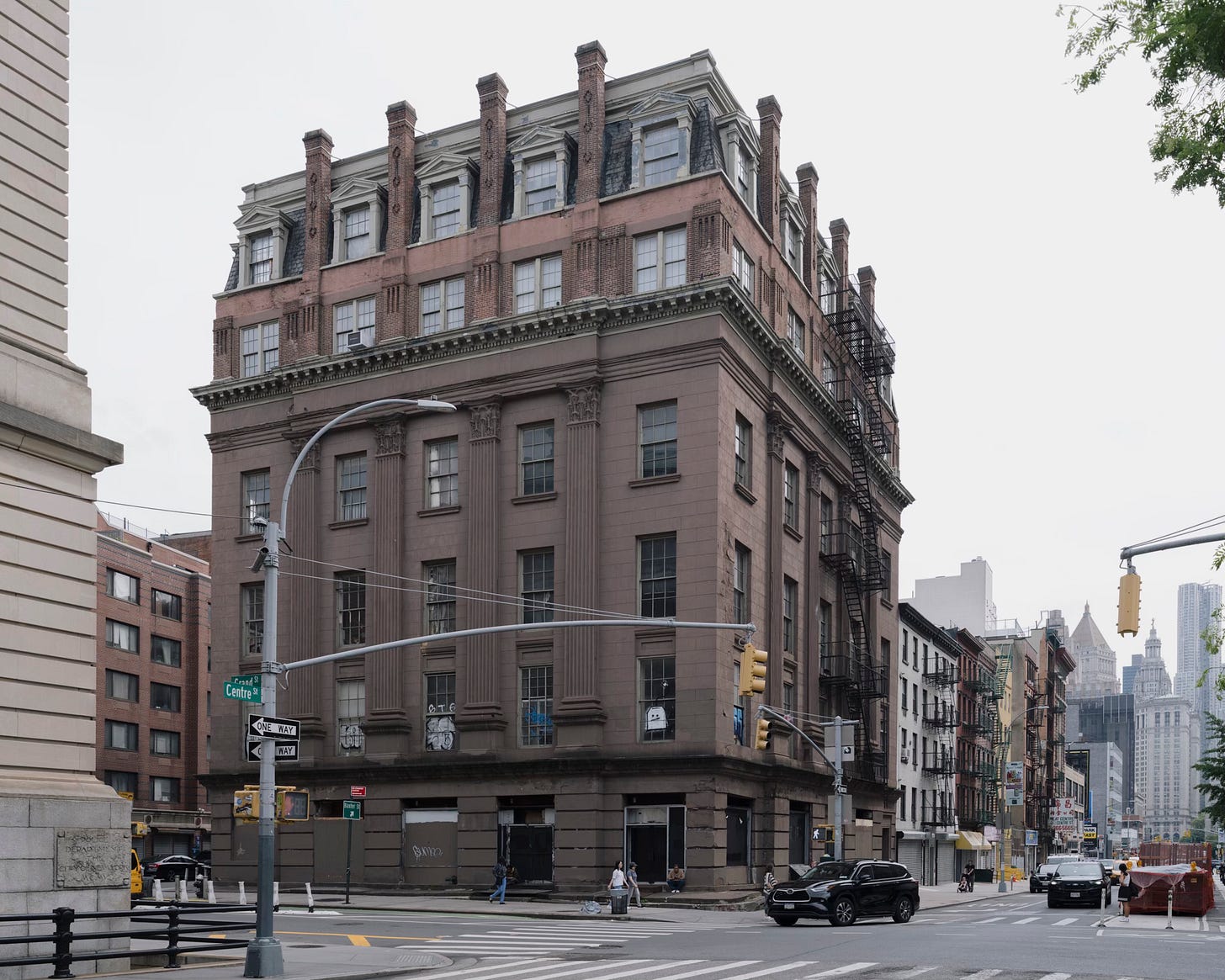



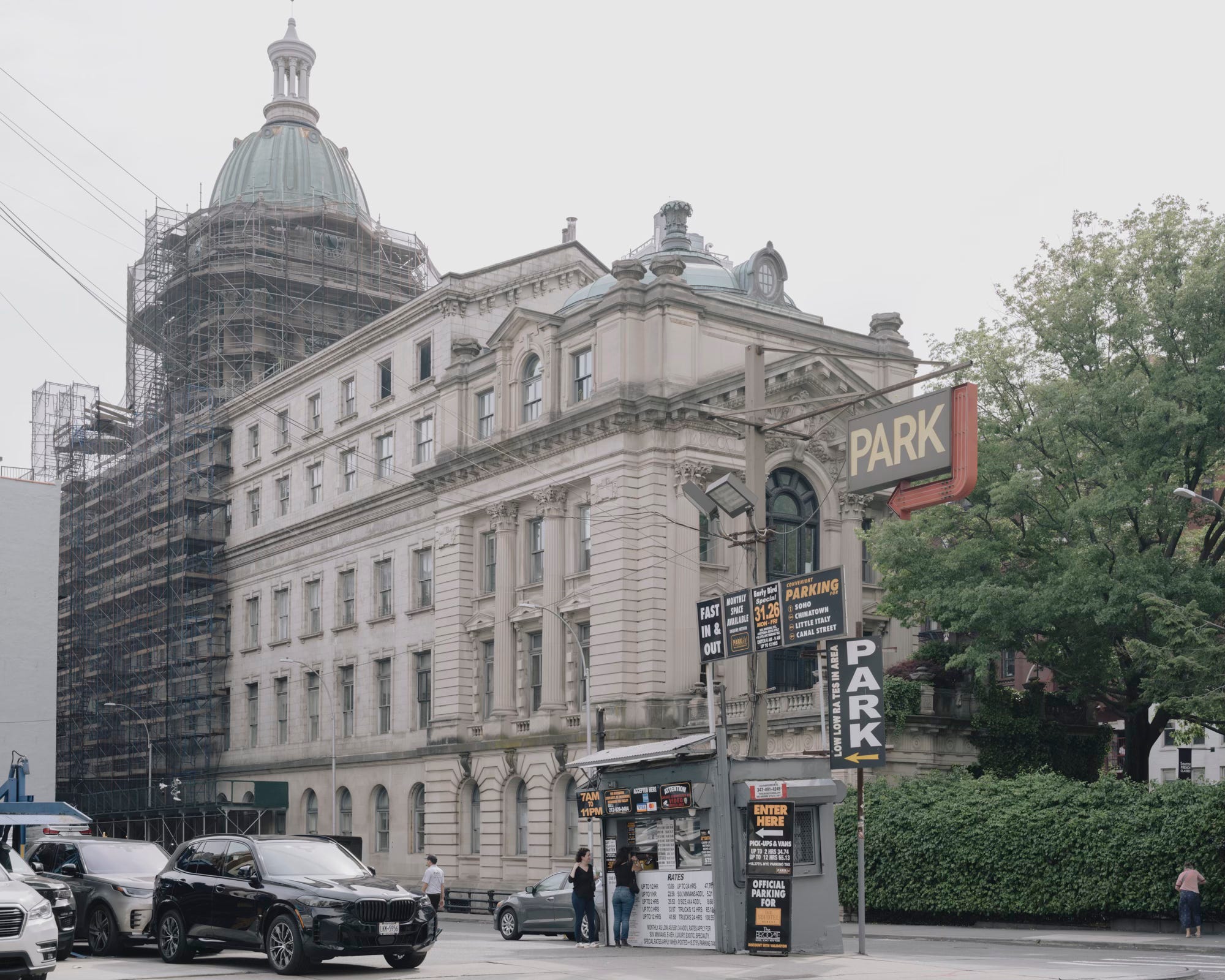
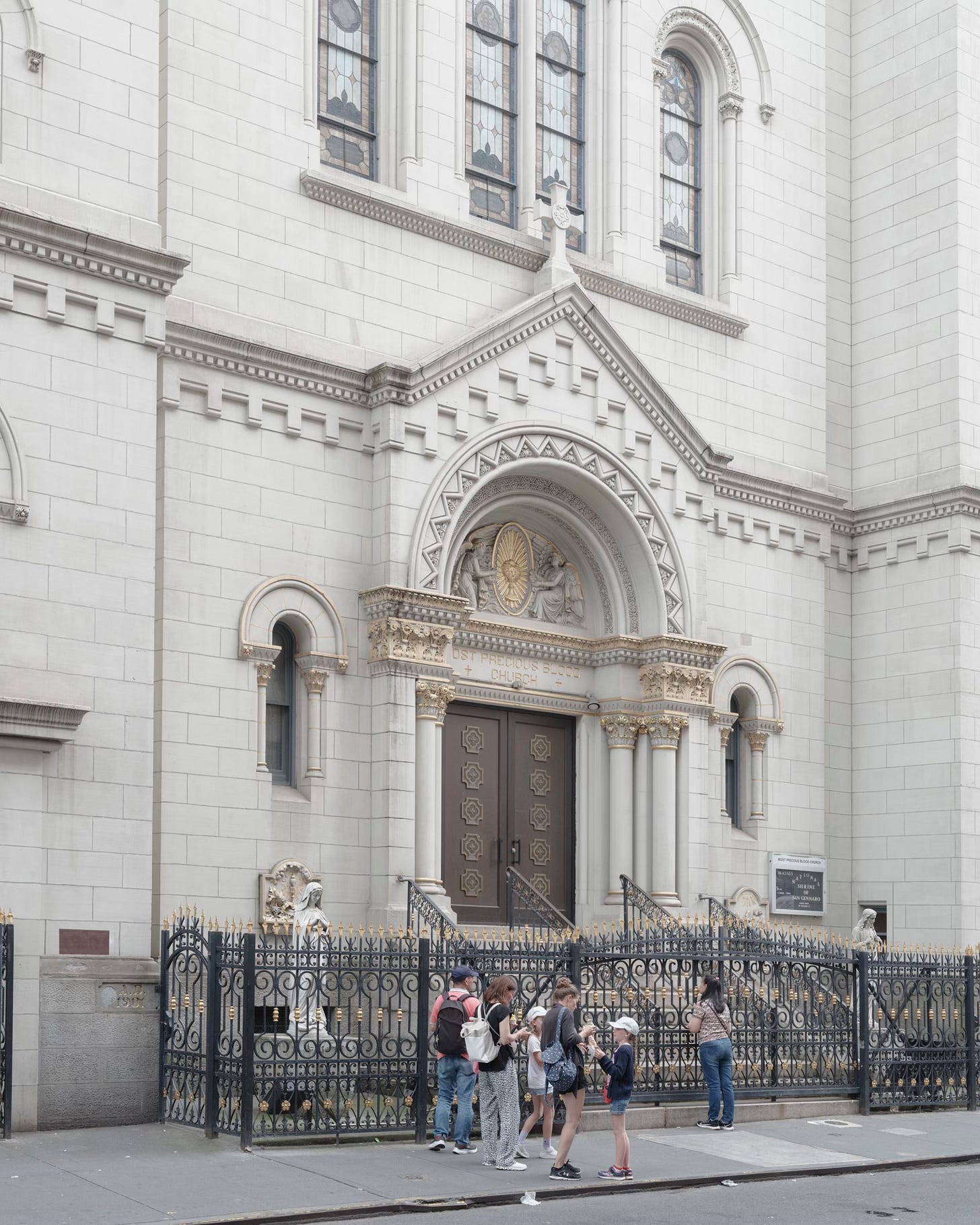
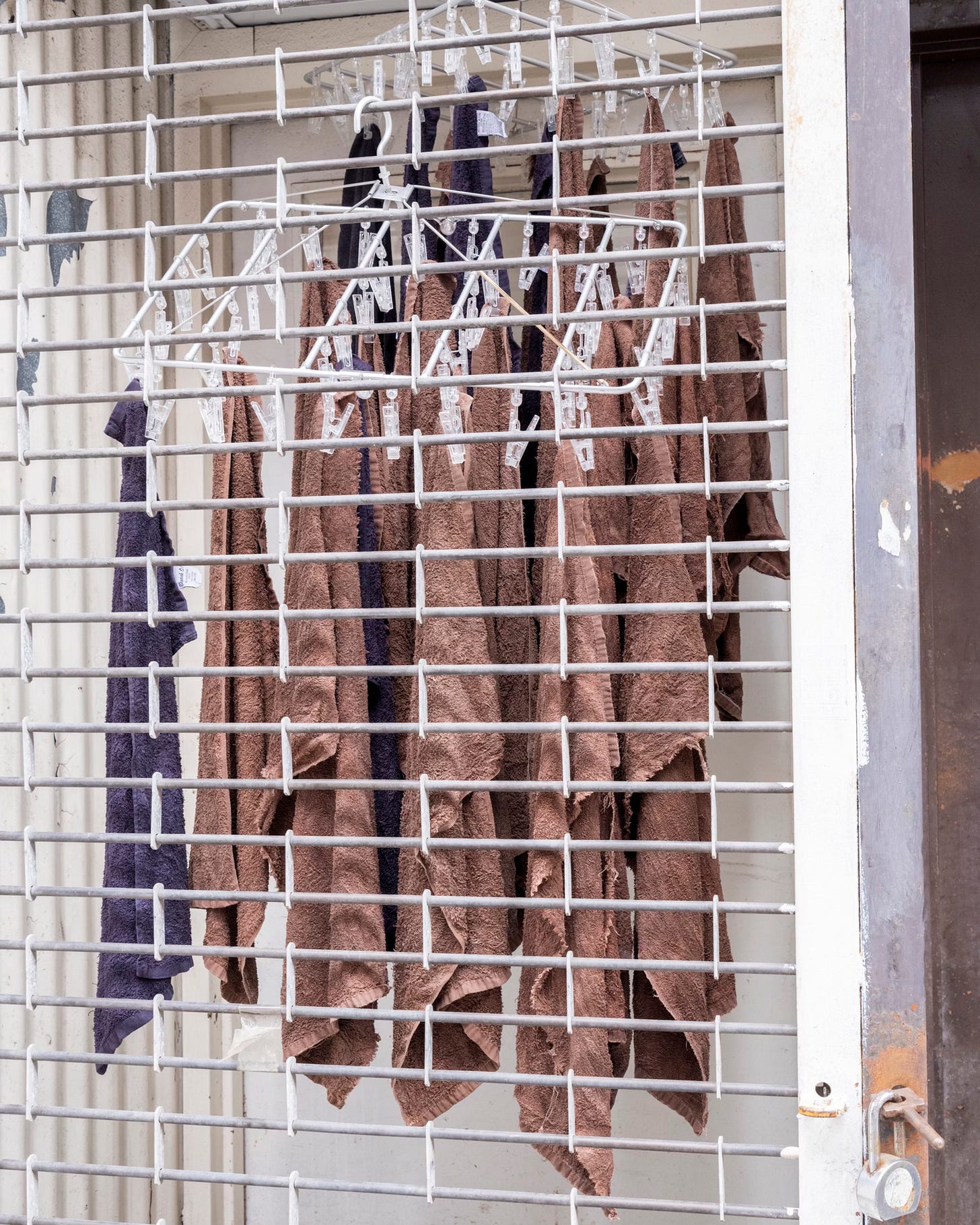
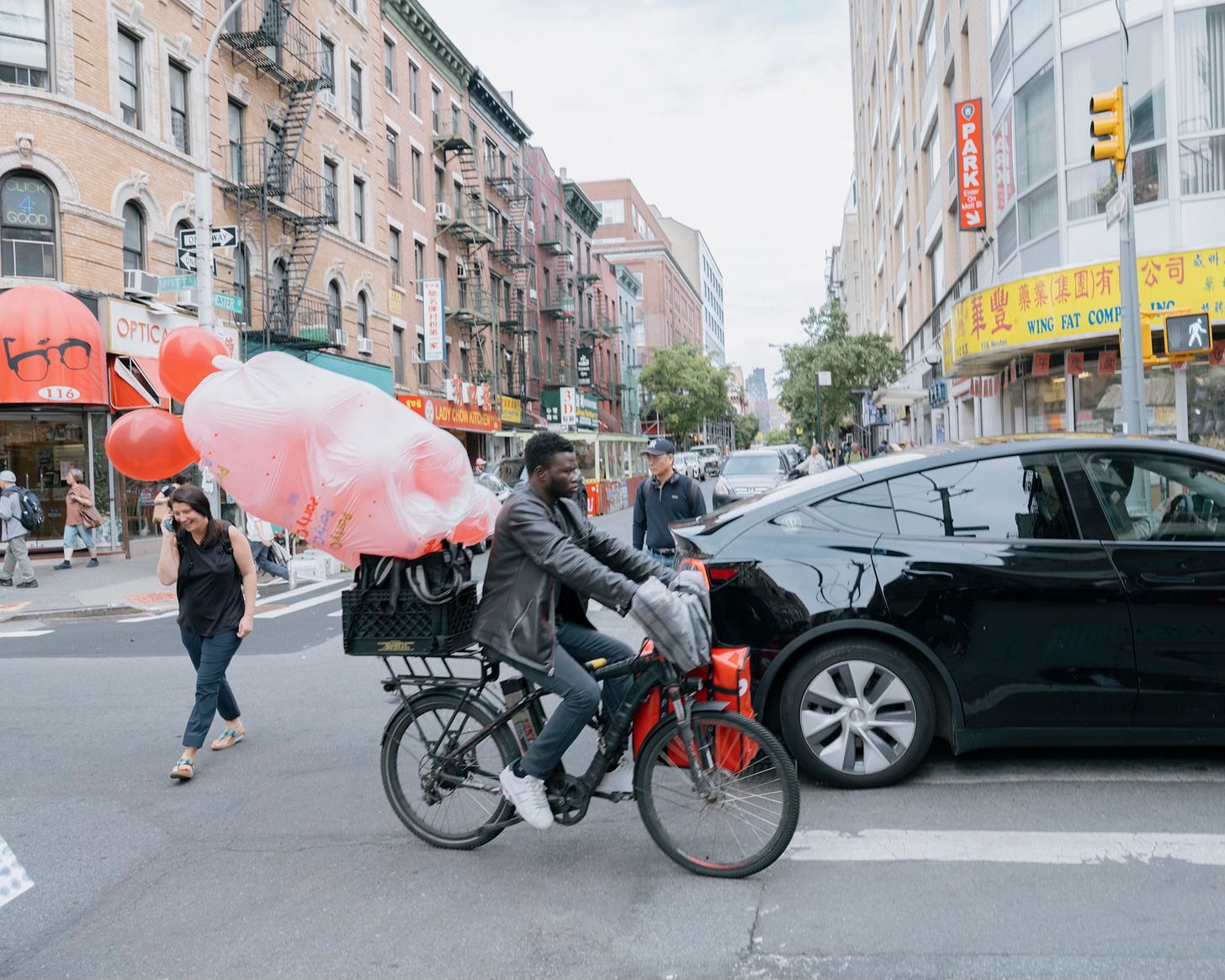

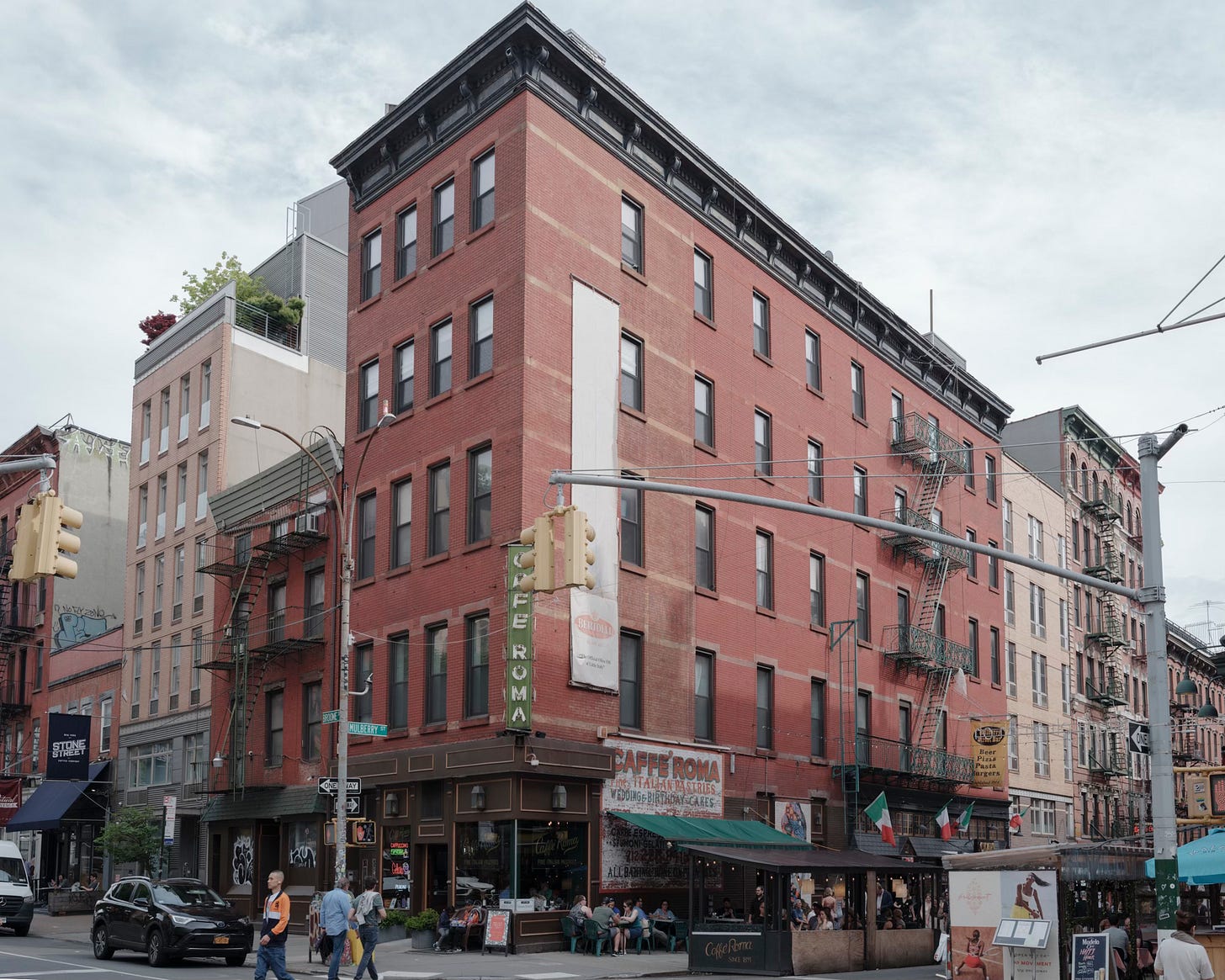
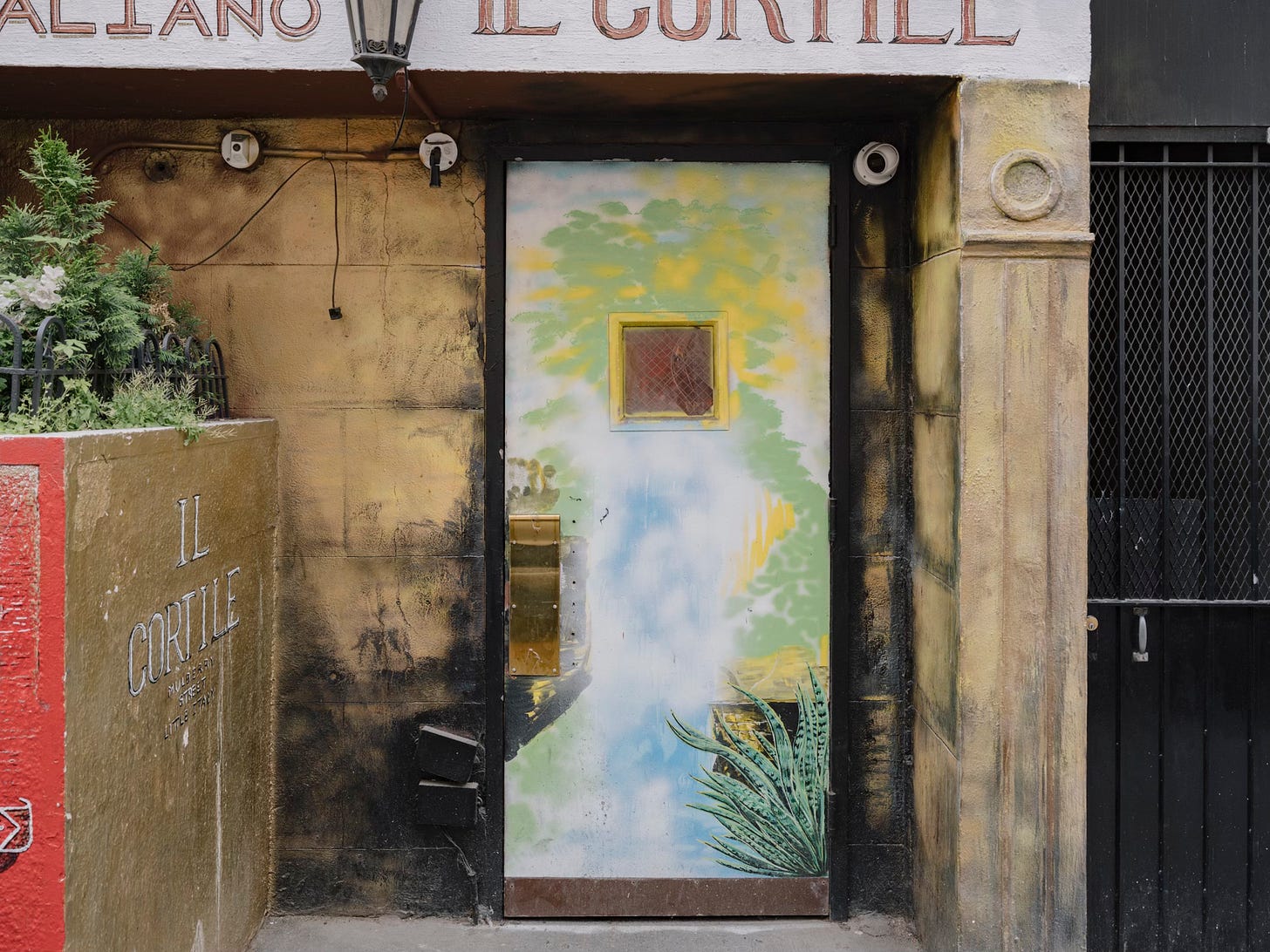
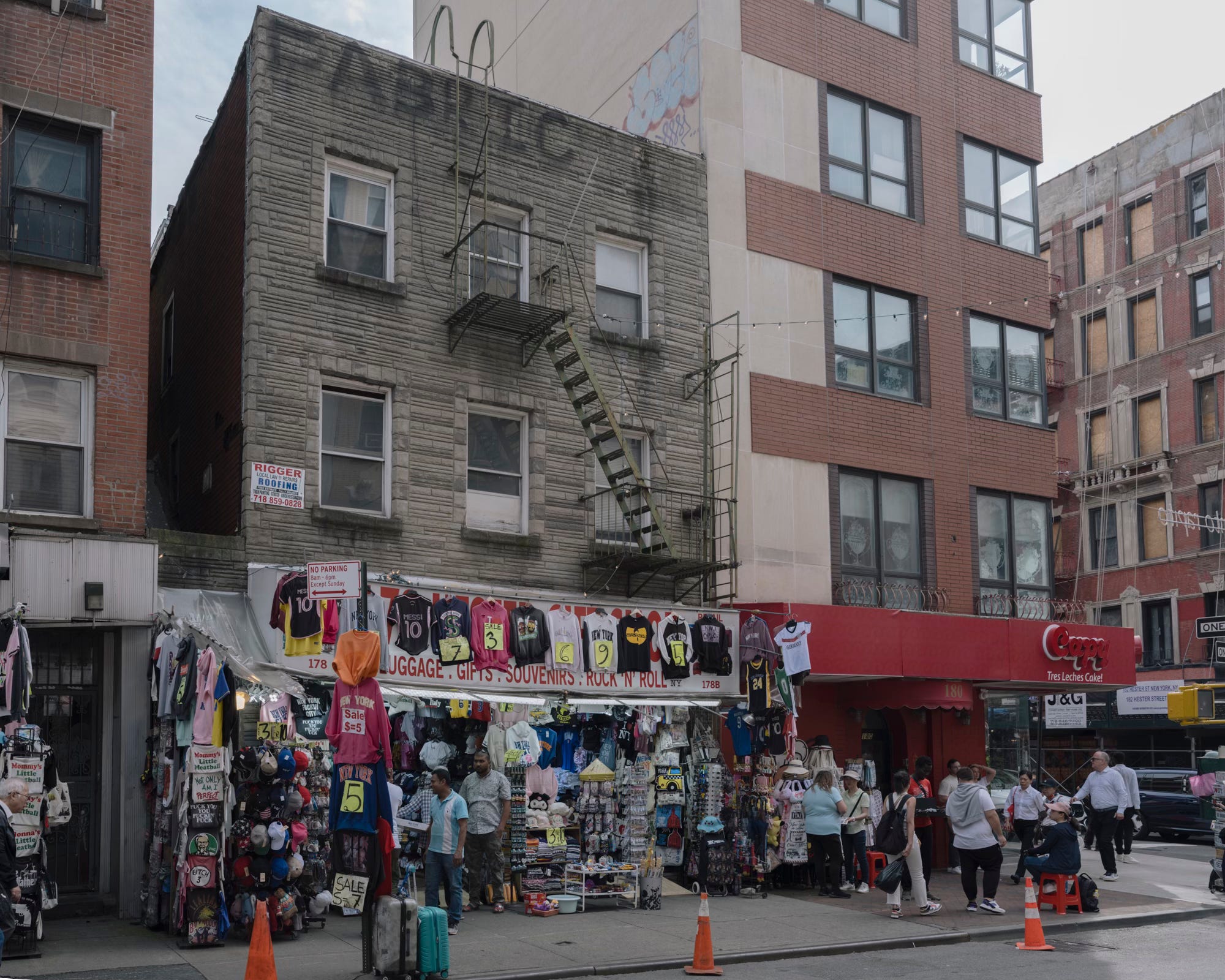
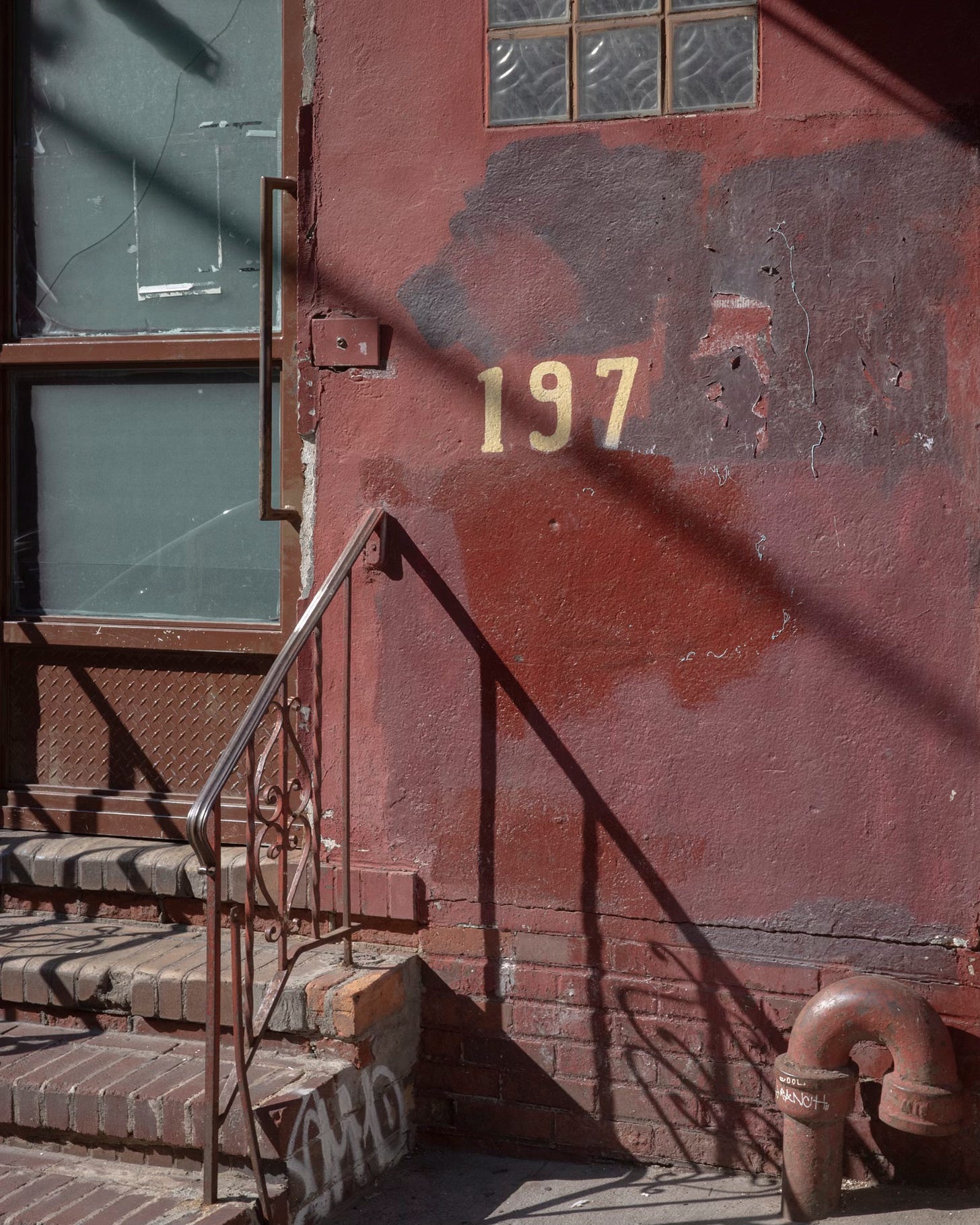






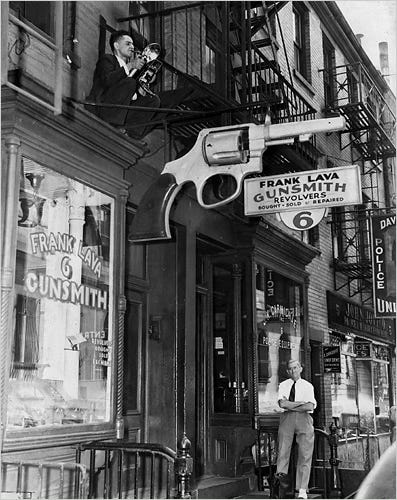



Great issue, and loving the EP ;) Wanted to shout out that cool map animation too!
Fabulous account. Thank you.